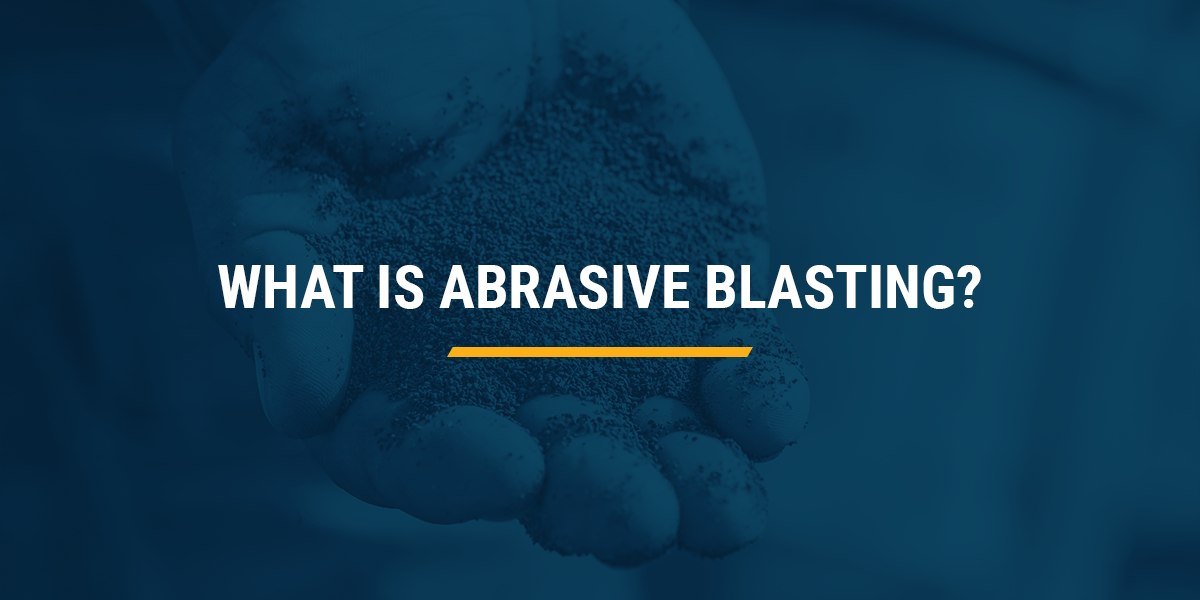If your manufacturing process involves working with metals like steel or aluminum, you may have encountered issues with dirt, coatings, or imperfections on the surface. These can affect the quality of subsequent finishing steps. That’s where abrasive blasting comes in—it’s a fast and effective method to clean and prepare surfaces for painting, coating, or other treatments. Abrasive blasting is a surface treatment technique that uses high-pressure streams of abrasive media to clean, smooth, or roughen a workpiece. It’s commonly used to remove rust, paint, scale, or contaminants from metal surfaces. The process can be tailored depending on the material being treated and the desired finish. Different types of abrasive media are available, each suited for specific applications. While the term “sandblasting†is often used interchangeably with “abrasive blasting,†it's important to note that traditional sand is not always the best choice. Sandblasting with silica-based materials can pose serious health risks due to dust inhalation. Many industries now opt for safer alternatives such as steel shot, glass beads, or corn cobs instead. For more information about choosing the right blasting media, check out our comprehensive guide. If you're unsure which method works best for your project, reach out to an expert for advice. Abrasive blasting offers numerous advantages for manufacturers and industrial processes: Abrasive blasting typically involves using compressed air to propel abrasive particles at high speed onto a surface. This method is effective for cleaning, preparing, and finishing a wide range of materials. However, it can generate a lot of dust, so proper containment and safety measures are essential. Here’s a quick overview of the process: Dry blasting uses compressed air to propel abrasive particles, while wet blasting combines water with the media to reduce dust and provide a smoother finish. Wet blasting is ideal for delicate surfaces or when a finer finish is required. Dry blasting, on the other hand, is more efficient for heavy-duty cleaning and debris removal. Dry blasting systems can use either pressure pot or suction mechanisms. Pressure pots offer higher performance but tend to be more expensive, while suction systems are cost-effective for smaller jobs. Wet blasting systems use a slurry pump to mix water and abrasive, resulting in a cleaner and more controlled process. Before starting any abrasive blasting project, there are several factors to keep in mind to ensure efficiency, safety, and success: Maintain consistent air pressure—ideally around 110 psi—to maximize efficiency and reduce material waste. Lower pressure can slow down the process and increase costs. Always wear proper PPE, avoid using silica-based media, and never operate in enclosed spaces without ventilation. Ensure the area is clear of people and objects that could be damaged by flying debris. Maintain your equipment regularly. Clean nozzles between uses and replace worn parts promptly. Following manufacturer guidelines helps extend the life of your tools and reduces long-term expenses. Create a well-ventilated workspace and use the correct blast hose size for your equipment. A properly sized hose ensures optimal pressure and performance. There are many types of abrasive media available, each with unique properties: Consider techniques like micro-blasting for precision work or wheel blasting for large-scale projects. Since 1972, Finishing Systems has been helping businesses achieve superior results through advanced abrasive blasting solutions. With the right equipment, expertise, and commitment to quality, we deliver reliable services tailored to your needs. Contact us today to learn more about how we can help improve your manufacturing outcomes. Plastic Fastener,Plastic Locking Clips,Plastic Snap Clips,Plastic Panel Clips Ningbo Hinix Hardware Industry & Trade Co., Ltd , https://www.hinixpack.com
What Is Abrasive Blasting?
Updated: April 16, 2024
A Breakdown of Abrasive Blasting
What Are the Benefits of Abrasive Blasting?
The Abrasive Blasting Process
Dry vs. Wet Blasting: What’s the Difference?
Key Considerations Before Your Next Project
Boost Productivity
Prioritize Safety
Why Choose Finishing Systems?
What Is Abrasive Blasting?
